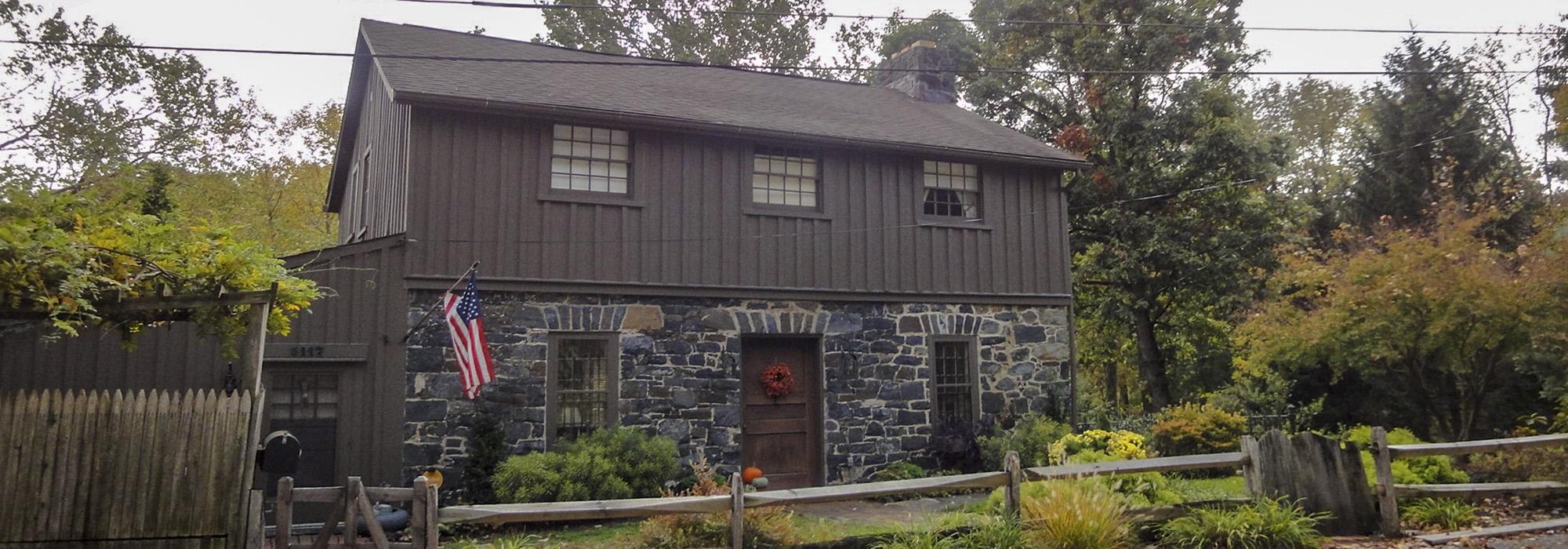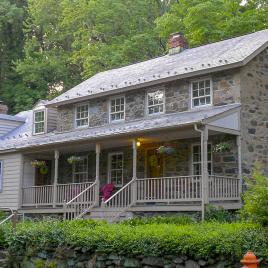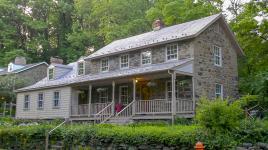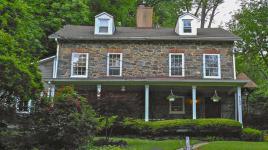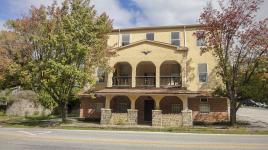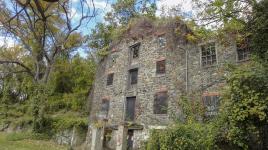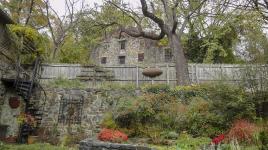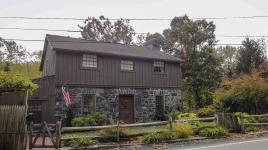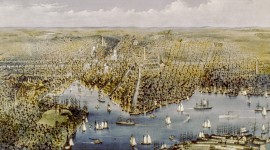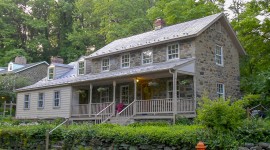Pioneer Information
Born in Baltimore, Maryland, to a prominent landowning family, Freedman lived on the estate Arlington (in today’s Colonial Park). After studying law, Freeman acted as an agent for the Baltimore & Ohio Railroad at Grafton, a position he would continue in till 1859. Eventually, Freeman, then local politician and entrepreneur, decided to develop what was probably Baltimore’s first planned suburban community – Franklin Towne, a Victorian cottage suburb in tandem with the mid nineteenth century’s Picturesque movement. The initial designs date to 1832, when the property was acquired, where various written accounts discuss Freeman’s plan for the village, although the original plan has not yet been located. The Franklin Turnpike is a key element of Freeman' s Picturesque plan, allowing for a bucolic transition from Baltimore City's urban environment to the pastoral setting of Franklintown – located on the western edge.
Populated by stone gristmill buildings (Franklin’s Mill; ca. 1761 rebuilt in 1830) along the Dead Run, Franklintown inn, and three other buildings, the vernacular structures added to the appeal of the place. Built adjacent to the mill village; at heart of Franklintown was a great oval with tropical oak groves on a hill, which was to accommodate homes for the elite. Diagonally down the hillside ran broad avenues with radiating lots, while the approach from the city along Franklin Road was flanked by parks. Land for a racecourse (now Central Racecourse in Baltimore) built by the Maryland Jockey Club was also donated by Freeman, who wanted the one-mile oval dirt track to be a population magnet for his ambitious development plan. The inn was frequently used to serve the race-course’s patrons. Unfortunately, Franklintown’s development was arrested by a bank panic in 1834. Freeman died in 1863 and is buried in Lorraine Park Cemetery, Woodlawn, Baltimore County.



